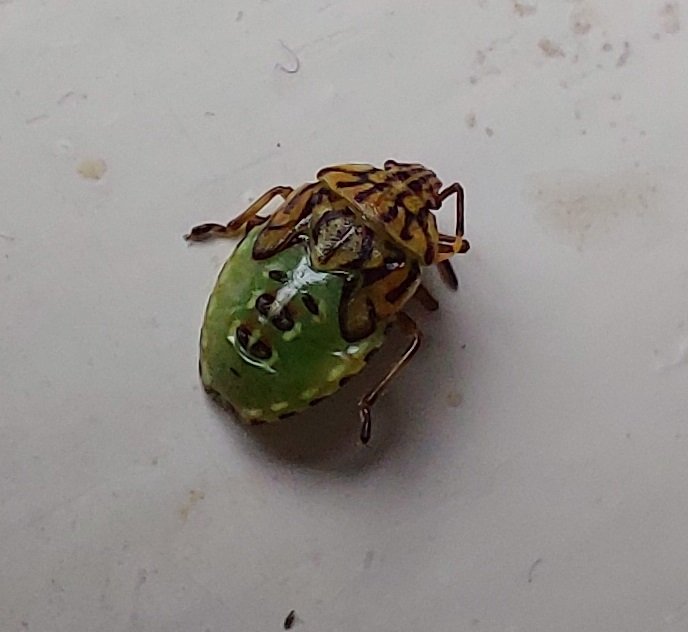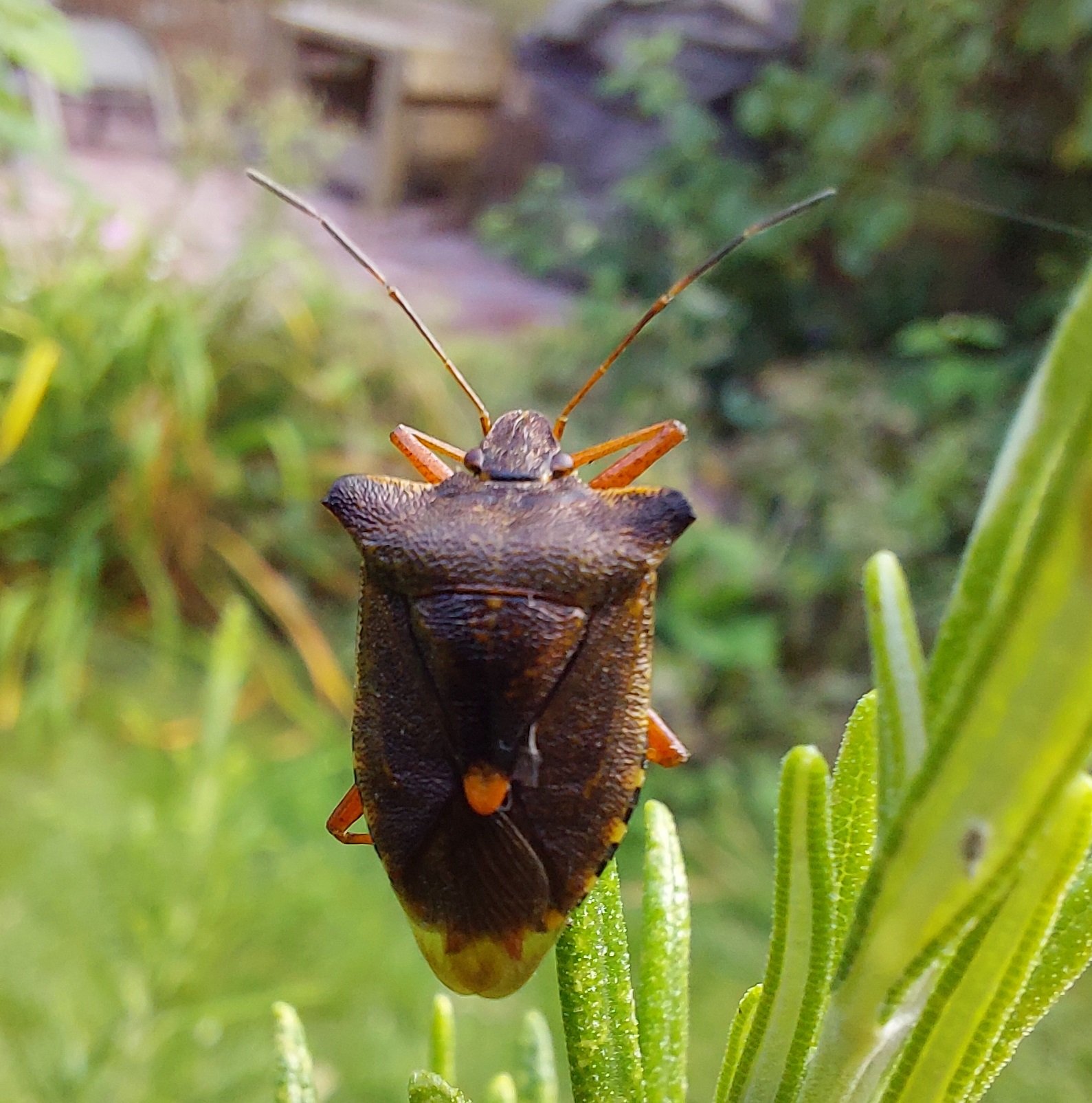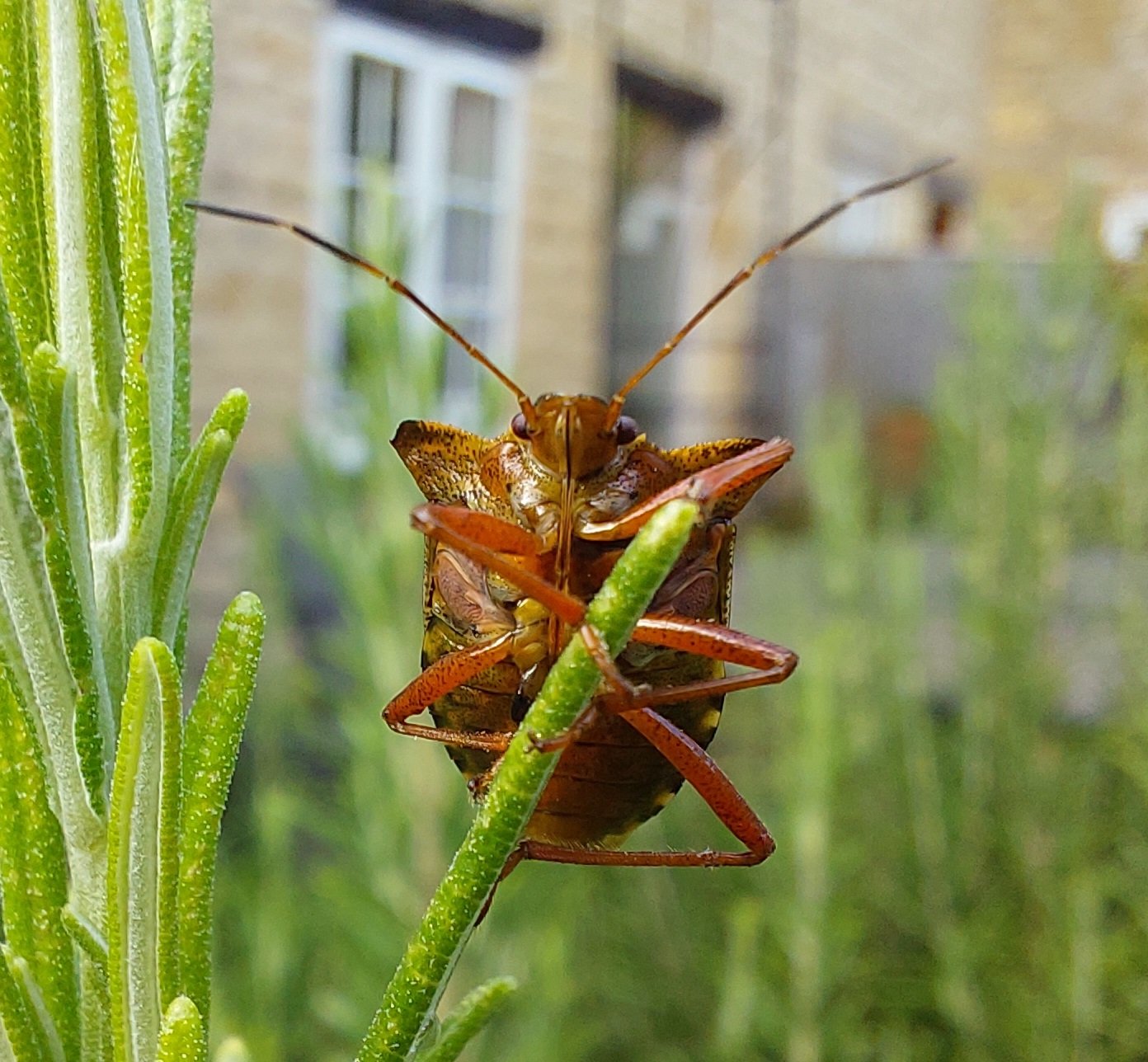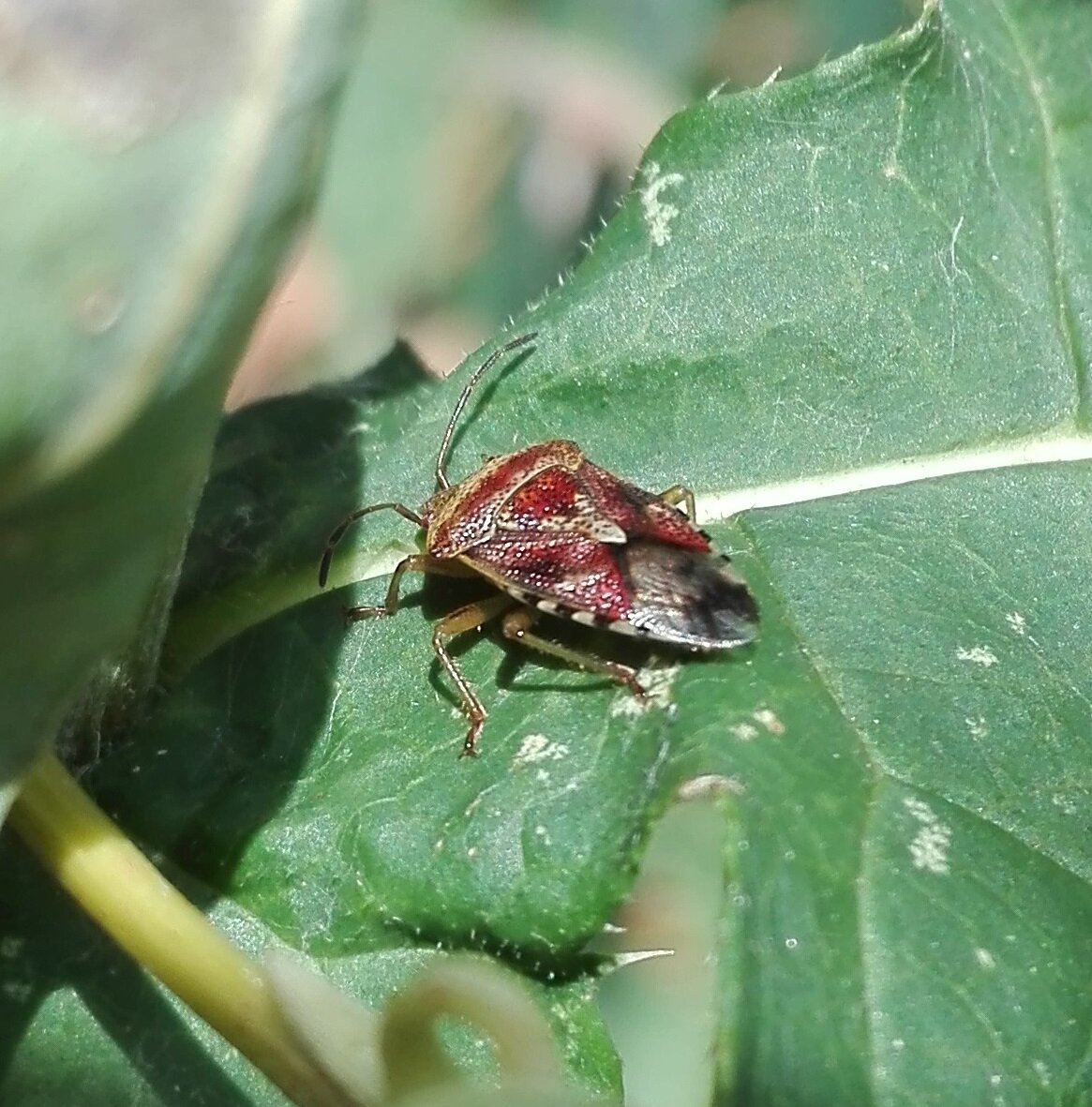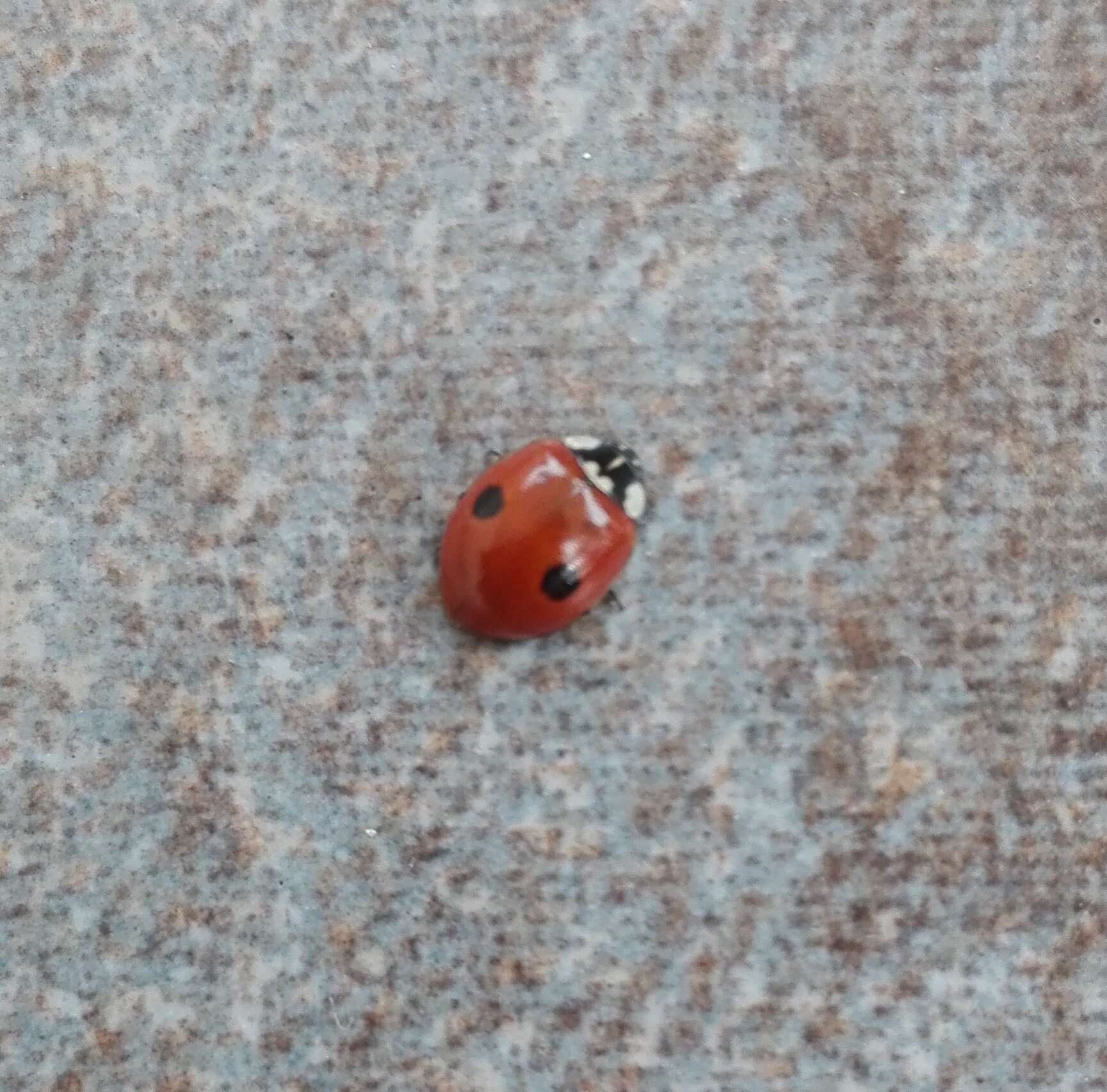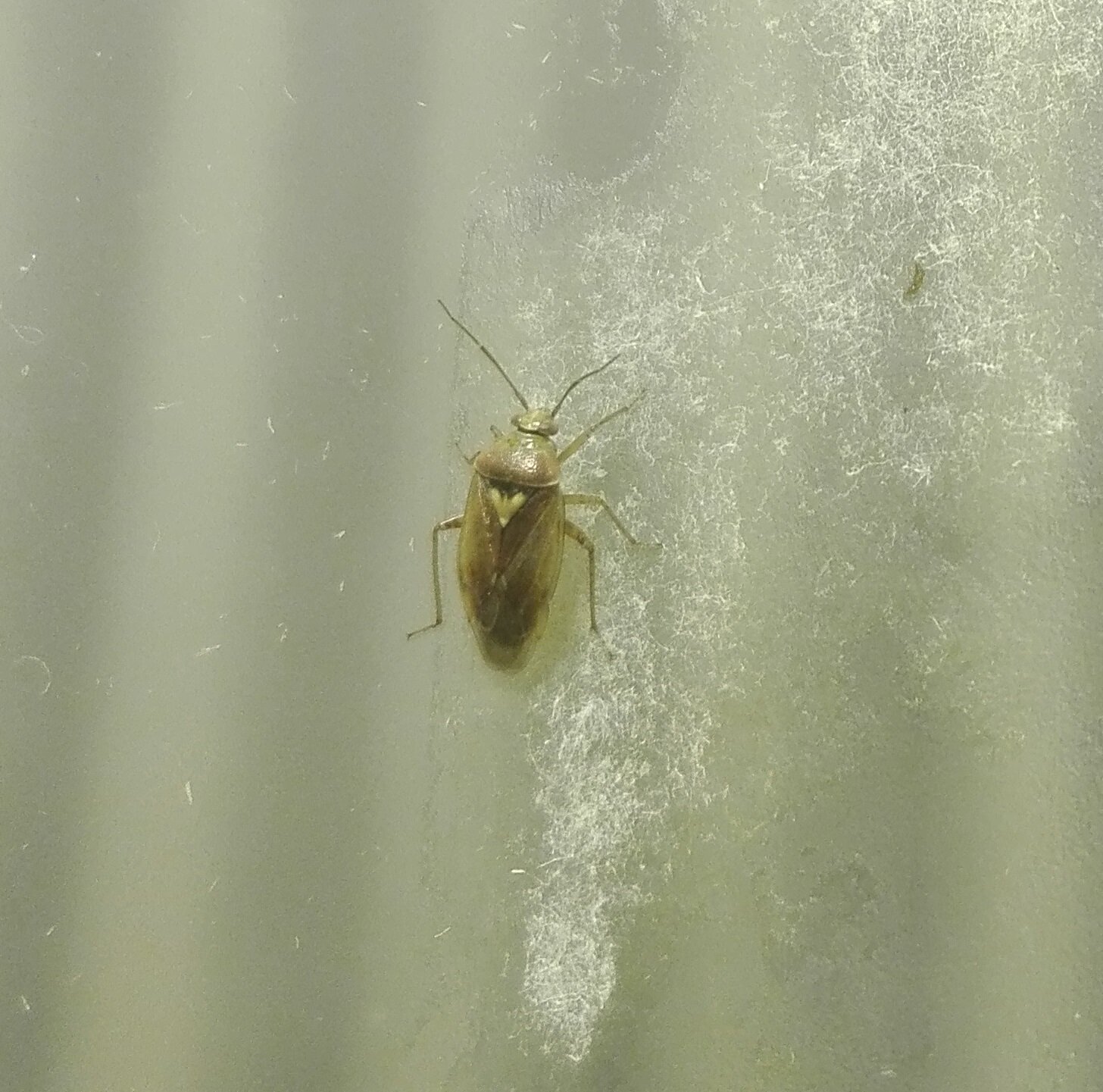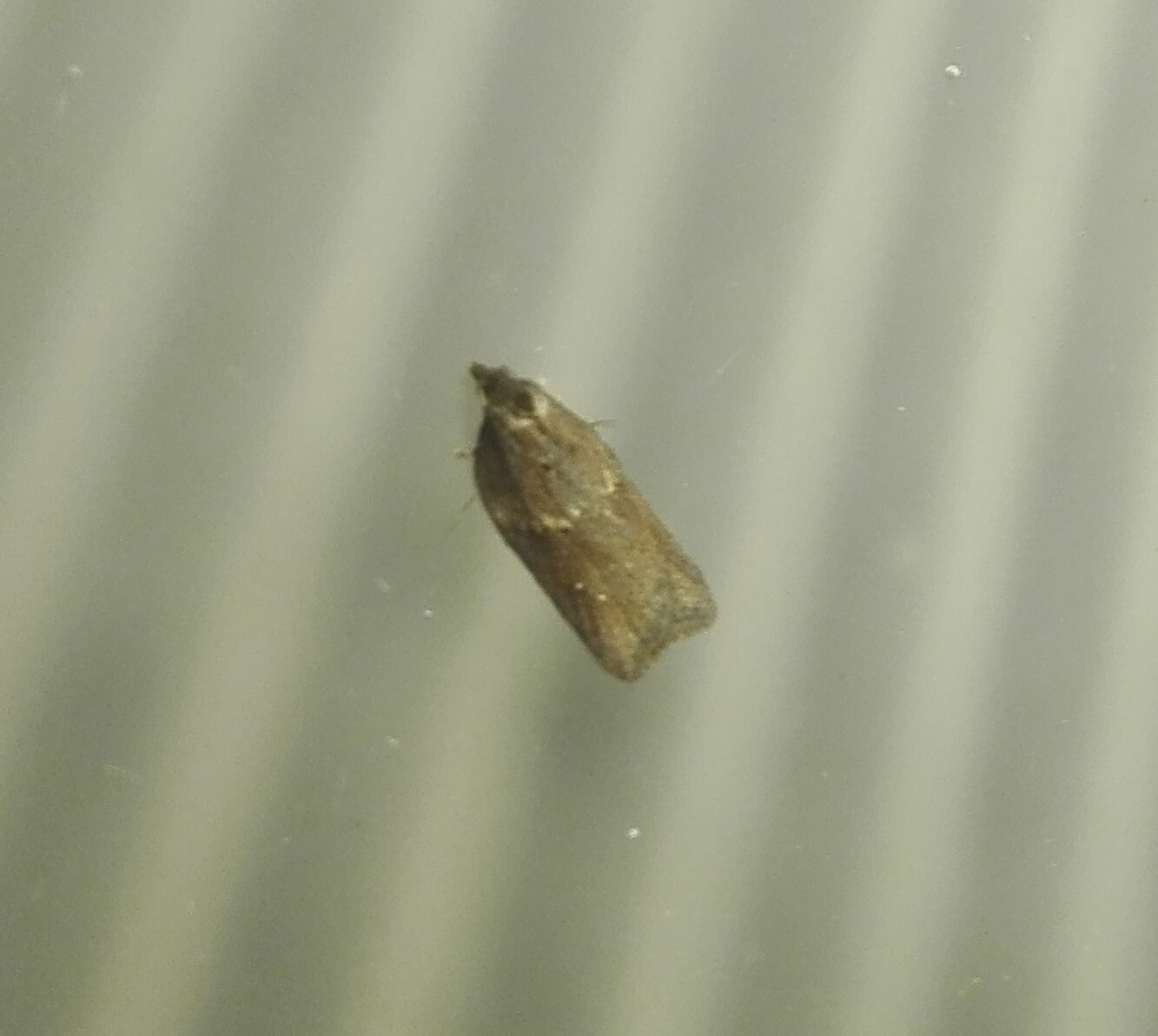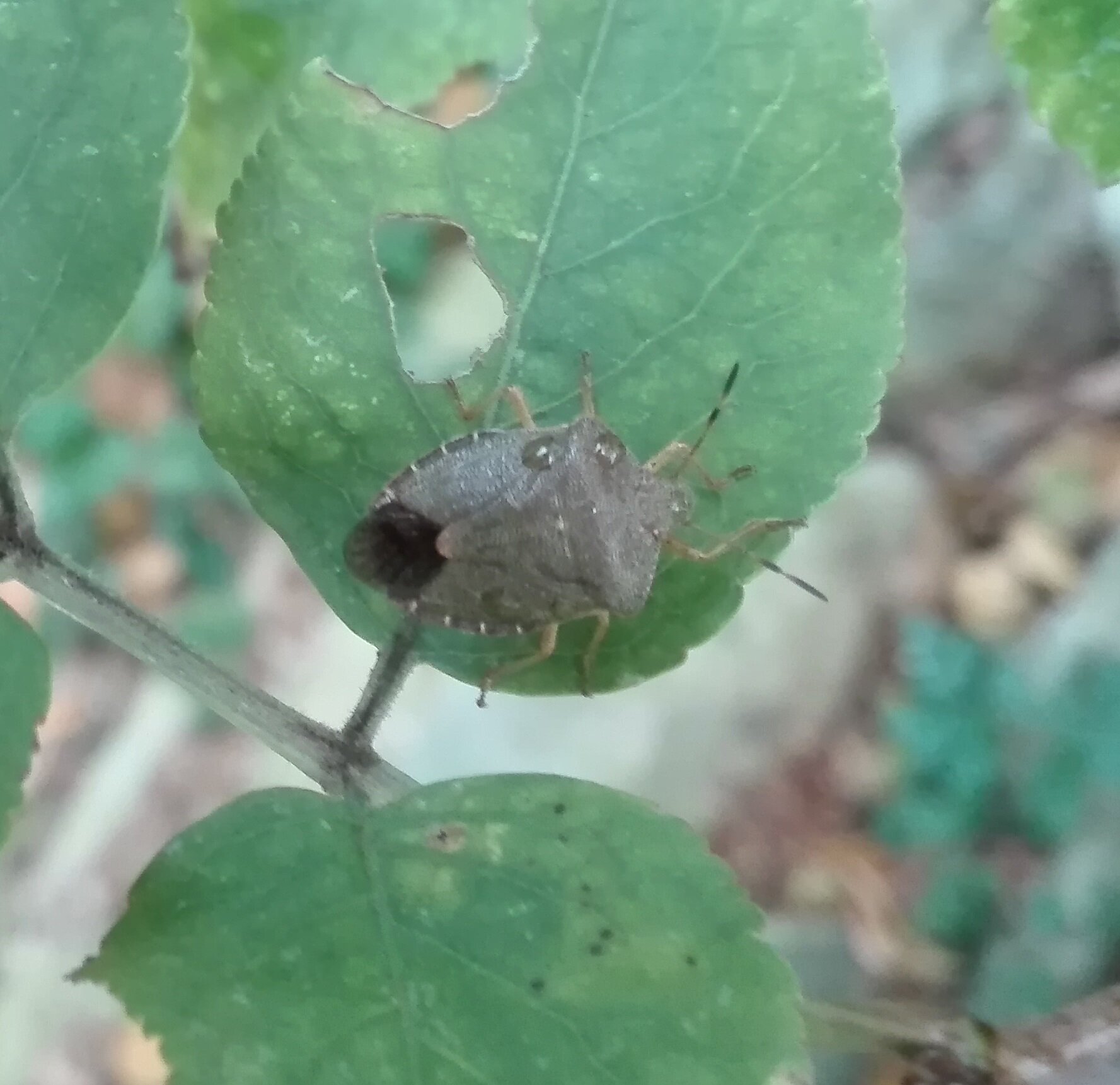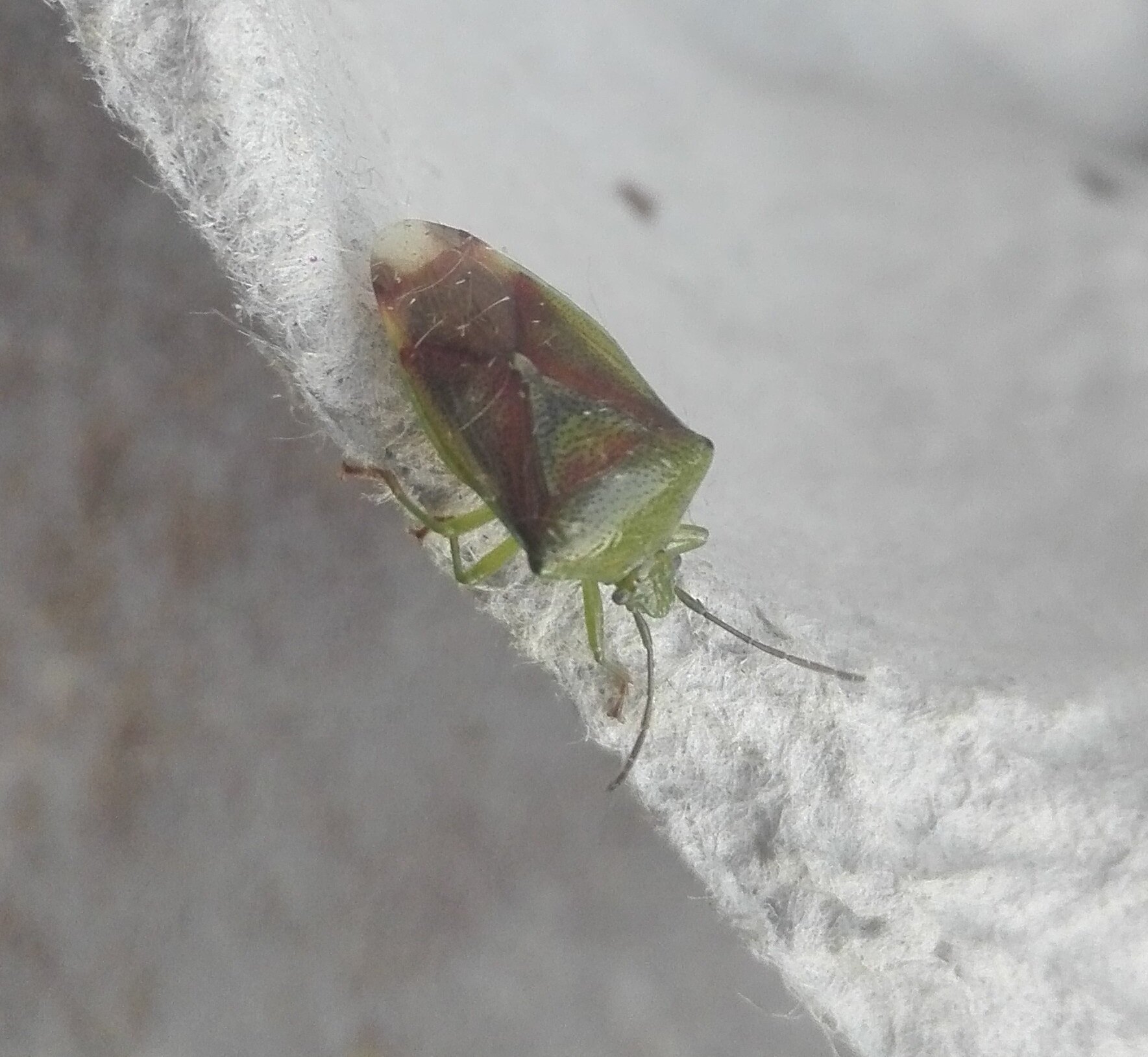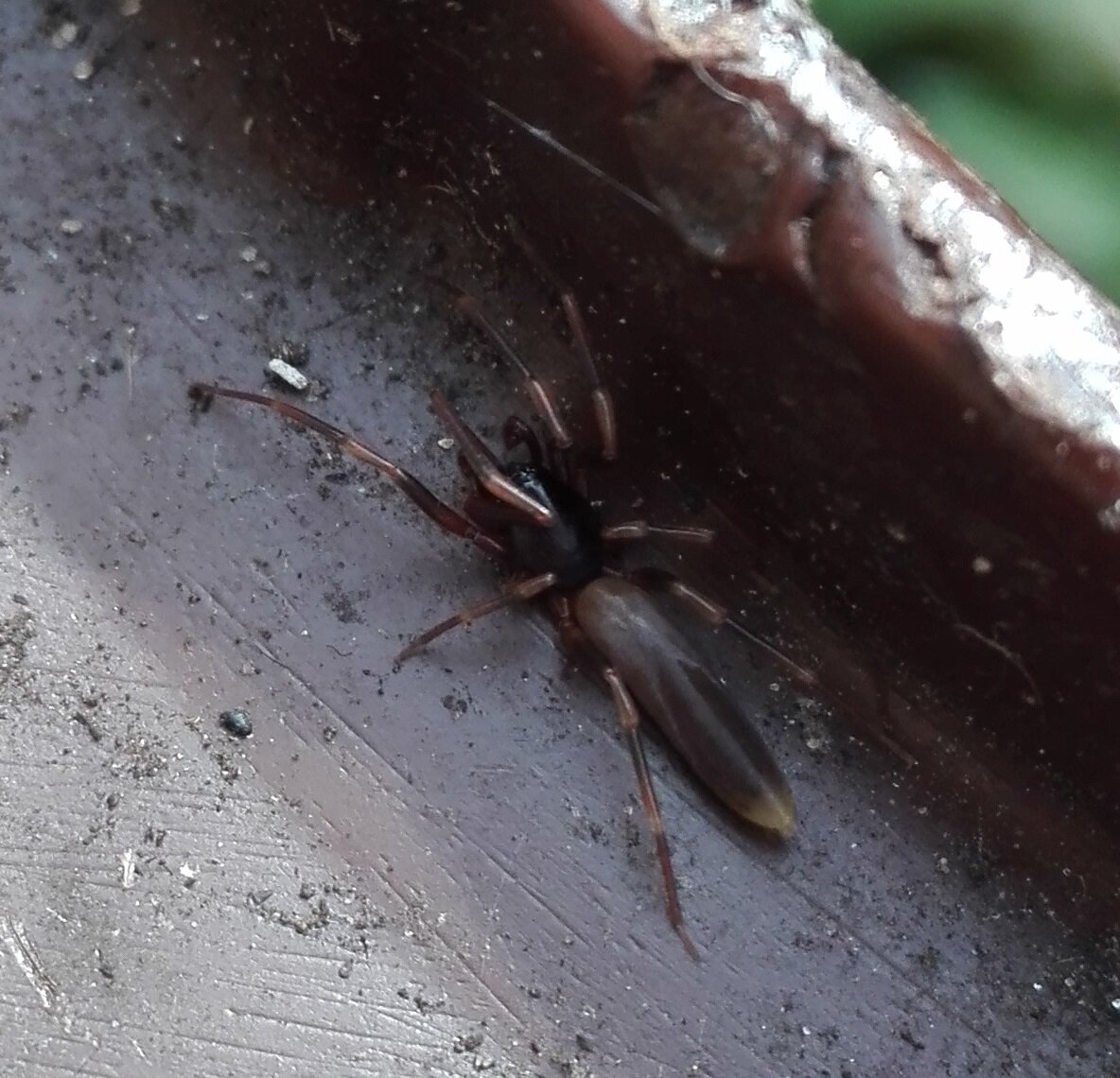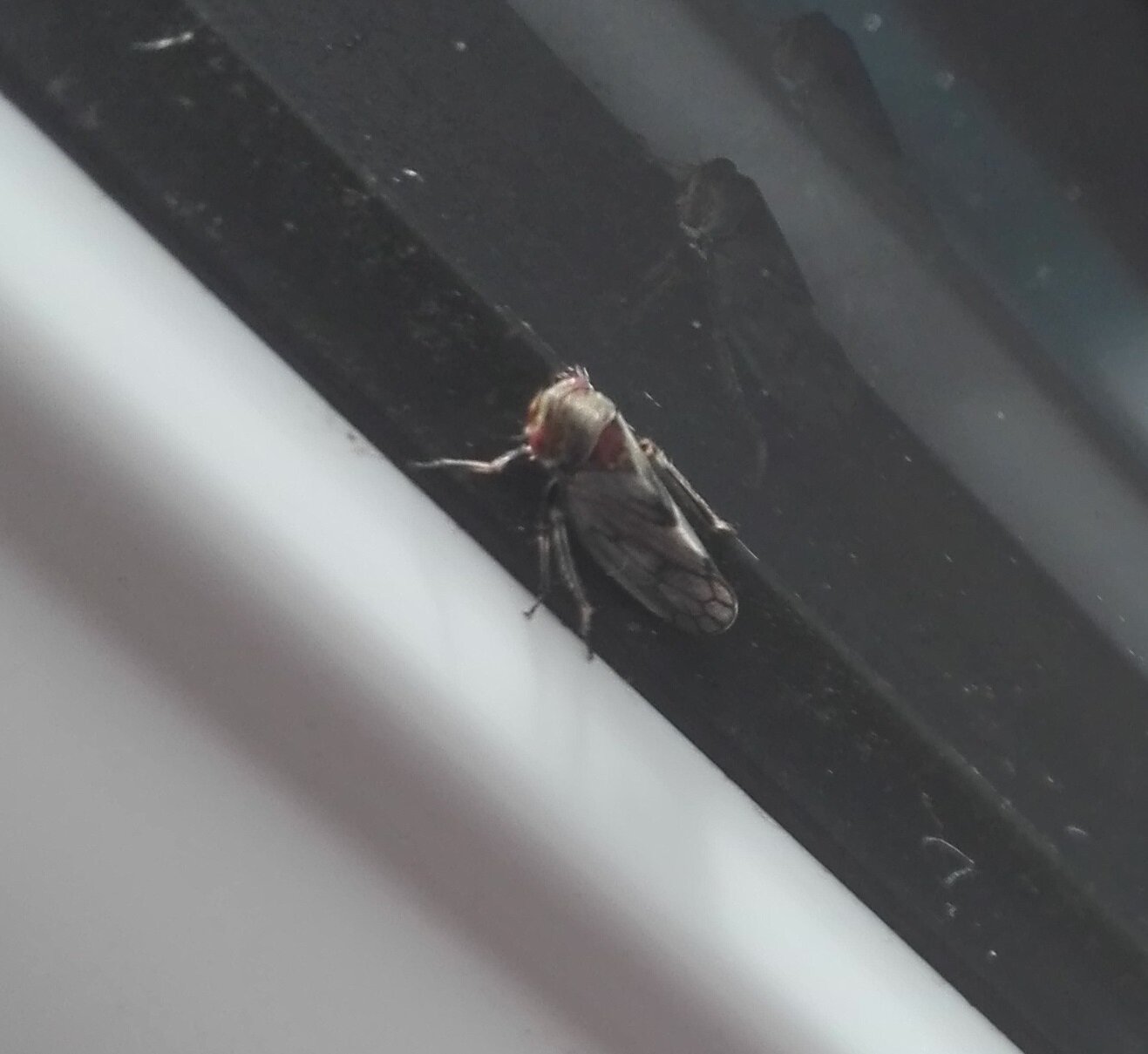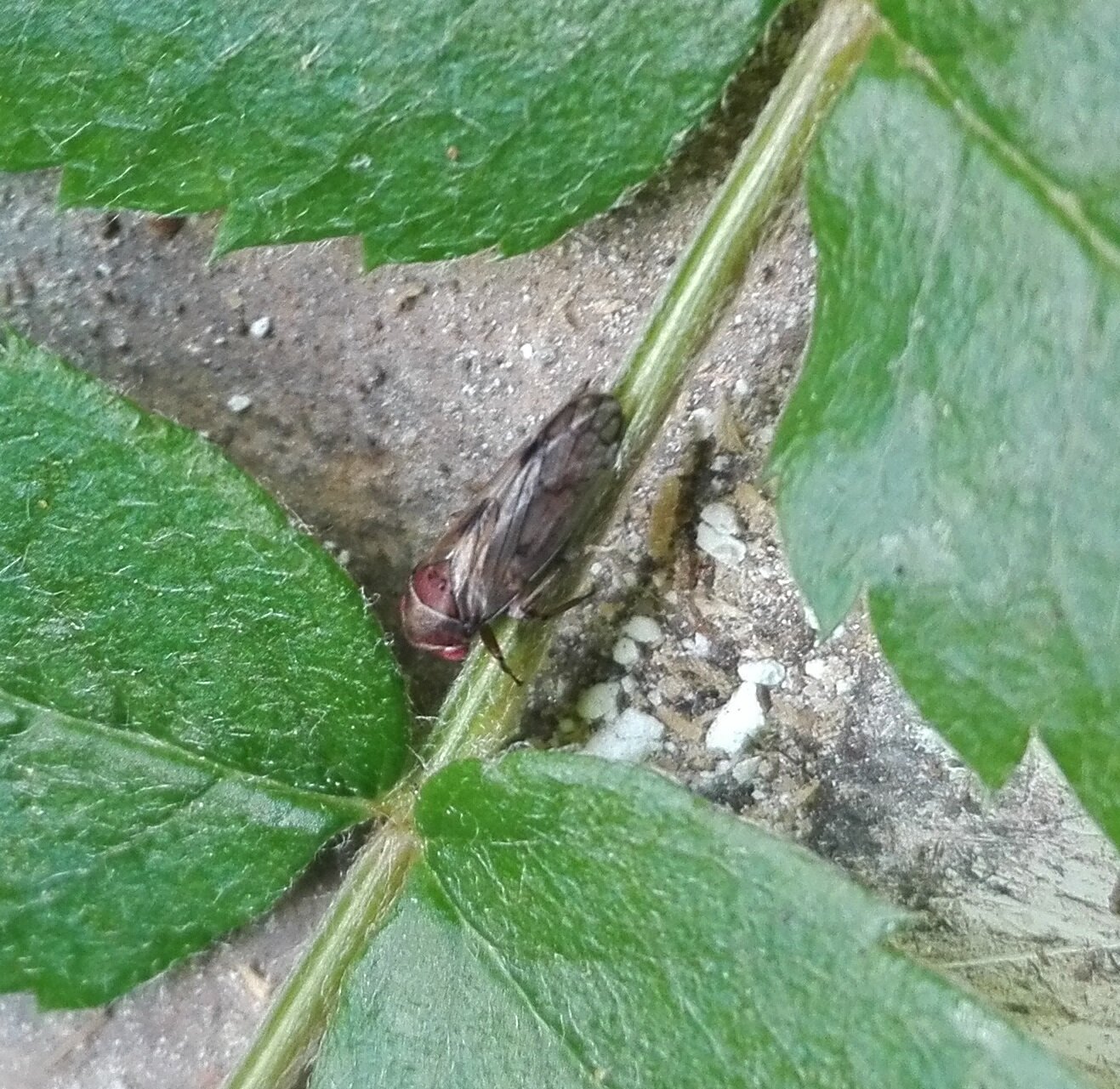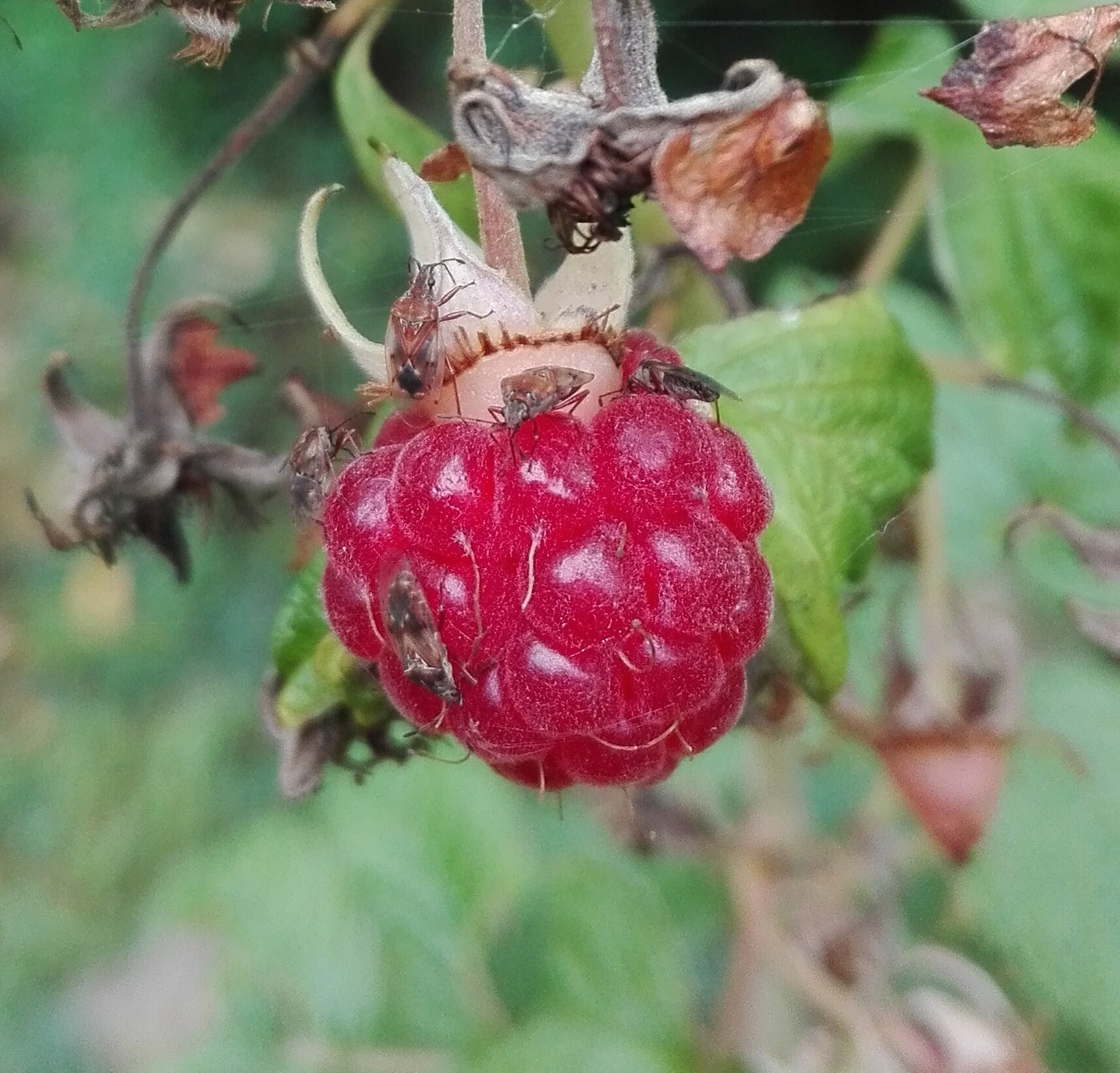Once again checking the composting bin after some gardening throws up some colourful creatures.
Star of the show is a snazzy iridescent green Cereal Leaf Beetle, which is new one for the garden, not that it seems especially unusual. There’s actually two species which you can only really tell apart by dissecting it (and then knowing what to look for), Oulema melanopus and O. duftschmidi. Both are considered pests in arable farms as they damage the leaves of cereal crops and reduce yield.
The other two are familiar species, a colourful Hawthorn Shield Bug (Acanthosoma haemorrhoidale) and a not-so-pretty (or, if you are a gardener, desirable) Vine Weevil (Otiorhynchus sulcatus). One of my gardening jobs was to dig up a rosemary that had slowly died over the last months - perhaps the Vine Weevil’s larvae were something to do with this, as the plant had previously been quite healthy.




